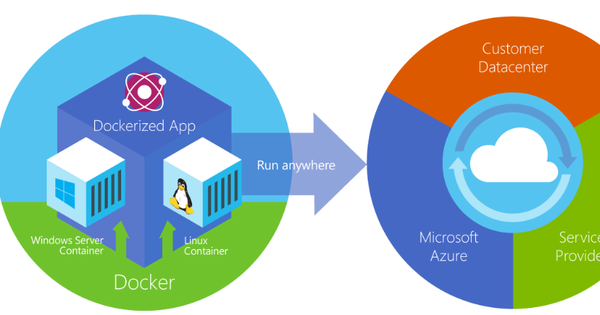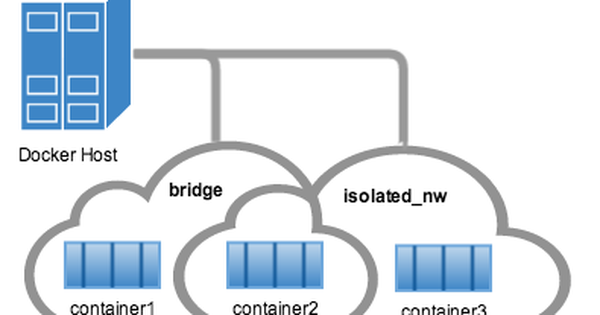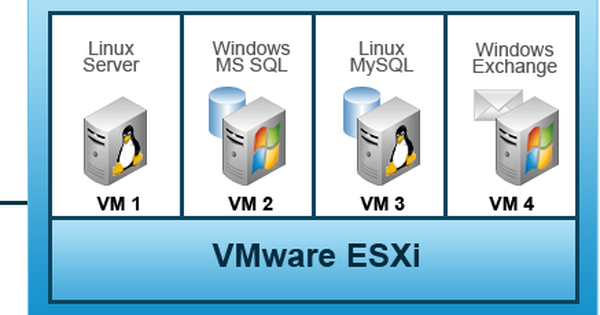[Ansible] Phần 2 - Playbook
Phần 1 Ansible - Cấu hình và cài đặt, Bizfly Cloud giới thiệu một số command để thực thi một task trên hệ thống. Ansible hỗ trợ người sử dụng nhiều hơn bằng cách đưa vào khái niệm Playbook.
Về Playbook
Playbook thông thường là những tấm bảng ghi sơ đồ vị trí, chiến thuật di chuyển của từng cầu thủ mà các HLV sử dụng để truyền đạt cho cầu thủ (nếu bạn xem đá bóng). Ví dụ như Công Phượng đá hộ công, Huy Toàn đột phá cánh trái hay Quế Ngọc Hải đá hậu vệ.
![[Ansible] Phần 2 - Playbook - Ảnh 1. Ansible sử dụng khái niệm Playbook](https://techvccloud.mediacdn.vn/280518386289090560/2024/1/5/playbook-1-1-1704442056267411533563.jpg)
Ansible sử dụng khái niệm Playbook cũng mang ý nghĩa tương tự. Việc triển khai hệ thống mới cũng tương tự như sơ đồ chiến thuật, các group [webservers], [databases] cũng như tuyến tiền đạo, hậu vệ, các dịch vụ cũng như kết nối tới các thành phần khác nhau trong hệ thống của từng server cũng giống nhiệm vụ của một cầu thủ trên sân.
Ansible Playbook được viết theo cấu trúc YAML, một cú pháp dễ đọc, dễ viết hơn so với JSON, XML. Dưới đây là ví dụ về YAML:
--- # An employee record name: Example Developer job: Developer skill: Elite employed: True foods: - Apple - Orange - Strawberry - Mango languages: ruby: Elite python: Elite dotnet: Lam Xem thêm về YAML syntax. Bắt đầu file yaml bằng ---. Sử dụng indent là 2 space.
Ví dụ
Đây là file webservers.yml, 1 playbook cho dịch vụ apache. Playbook này có 1 play, dùng cho hệ điều hành Redhat, CentOS
--- - hosts: webservers vars: http_port: 80 max_clients: 200 tasks: - name: ensure apache is at the latest version yum: pkg=httpd state=latest - name: write the apache config file template: src=/srv/httpd.j2 dest=/etc/httpd.conf notify: - restart apache - name: ensure apache is running (and enable it at boot) service: name=httpd state=started enabled=yes handlers: - name: restart apache service: name=httpd state=restarted Giải thích:
- hosts: xác định đối tượng sẽ thực thi playbook này.
- vars: các biến dùn trong play, trong ví dụ này các biến sẽ được dùng để cấu hình apache
- tasks: liệt kê các task cần thực hiện
- name: tên của task
- yum, template, service: các module sử dụng
- notify: giống như trigger, để gọi đến 1 task khác khi task hiện tại thực hiện thành công.
- handlers: khai báo các task notify
1 play gồm danh sách các task được thực thi theo thứ tự từ trên xuống. Nếu xảy ra lỗi ở task nào thì host đang thực thi sẽ bị dừng lại mà không ảnh hưởng đến các host khác.
Có thể viết tách dòng với các tham số truyền vào module
- name: ensure apache is at the latest version yum: pkg: httpd state: latest Chạy playbook:
$ ansible-playbook webserver.yml Ví dụ 1 playbook có nhiều play:
--- - hosts: webservers tasks: - name: ensure apache is at the latest version yum: pkg=httpd state=latest - name: write the apache config file template: src=/srv/httpd.j2 dest=/etc/httpd.conf - hosts: databases tasks: - name: ensure postgresql is at the latest version yum: name=postgresql state=latest - name: ensure that postgresql is started service: name=postgresql state=running Cấu trúc 1 playbooks chuẩn
production # inventory file for production servers stage # inventory file for stage environment group_vars/ group1 # here we assign variables to particular groups group2 # "" host_vars/ hostname1 # if systems need specific variables, put them here hostname2 # "" library/ # if any custom modules, put them here (optional) filter_plugins/ # if any custom filter plugins, put them here (optional) site.yml # master playbook webservers.yml # playbook for webserver tier dbservers.yml # playbook for dbserver tier roles/ common/ # this hierarchy represents a "role" tasks/ # main.yml # <-- tasks file can include smaller files if warranted handlers/ # main.yml # <-- handlers file templates/ # <-- files for use with the template resource ntp.conf.j2 # <------- templates end in .j2 files/ # bar.txt # <-- files for use with the copy resource foo.sh # <-- script files for use with the script resource vars/ # main.yml # <-- variables associated with this role defaults/ # main.yml # <-- default lower priority variables for this role meta/ # main.yml # <-- role dependencies webtier/ # same kind of structure as "common" was above, done for the webtier role monitoring/ # "" fooapp/ # "" Trong đó:
- production: giống file /etc/ansible/hosts, liệt kê group, host
- group_vars/*: đặt các biến chung cho cùng 1 nhóm, ví dụ [webservers] có biến
listen_port: 80 - host_vars/*: đặt các biến riêng cho từng host
- roles/*: đặt các role, ví dụ các host trong [webservers] gọi đến role
webtier
Xem thêm ansible best practices tại link sau: http://docs.ansible.com/ansible/latest/playbooks_best_practices.html
Lợi ích:
- Tách biệt các hệ thống, 1 hệ thống là 1 project riêng biệt
- Việc tách role giúp dễ dàng quản lý, phát triển
- Tái sử dụng tốt, chỉ cần sửa thông tin host, vars
Ví dụ:
lamp_simple/ ├── group_vars │ ├── all │ └── dbservers ├── hosts ├── LICENSE.md ├── README.md ├── roles │ ├── common │ │ ├── handlers │ │ │ └── main.yml │ │ ├── tasks │ │ │ └── main.yml │ │ └── templates │ │ └── ntp.conf.j2 │ ├── db │ │ ├── handlers │ │ │ └── main.yml │ │ ├── tasks │ │ │ └── main.yml │ │ └── templates │ │ └── my.cnf.j2 │ └── web │ ├── handlers │ │ └── main.yml │ ├── tasks │ │ ├── copy_code.yml │ │ ├── install_httpd.yml │ │ └── main.yml │ └── templates │ └── index.php.j2 └── site.yml Bạn có thể xem thêm các ví dụ khác tại đây: https://github.com/ansible/ansible-examples
>> Tìm hiểu thêm: [AWK] Phần 1 - Tổng quan
![[Ansible] Phần 2 - Playbook](https://techvccloud.mediacdn.vn/2018/1/How-to-write-a-Ansible-Playbook.jpg)



















